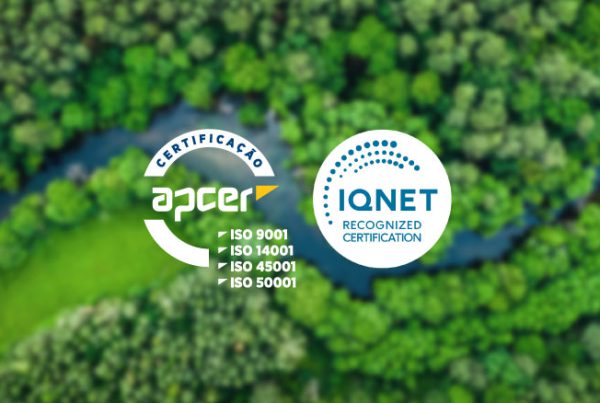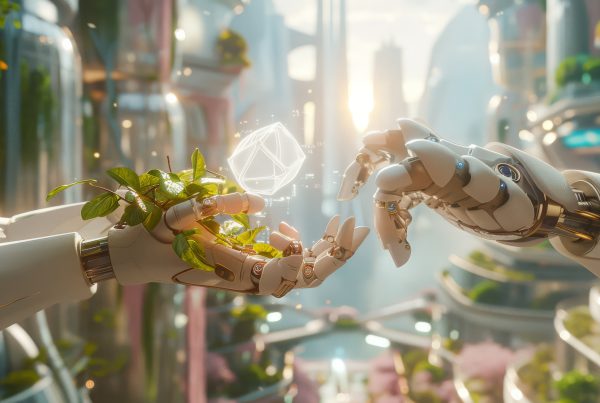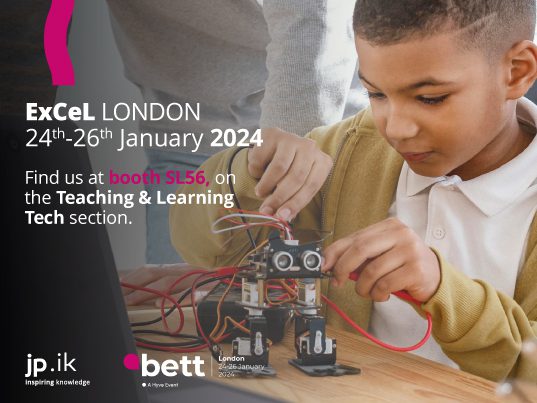We are living in an outstanding digital revolution, which has been impacting all spheres of our lives: how we learn, teach, work, think, communicate, experiment and explore.
So, in this context of change, what if we recover education’s purpose of setting people to be more aware and responsible for the place they live in and pledge to protect and improve it?
It is the time to be innovative!
Let’s learn robotics, sciences, math, history and languages with this goal in mind! Let’s put all of that into practice, so we can make a positive change in our communities.
Let’s build relevant knowledge, developing cognitive, social and emotional skills!
It is the time to innovate aiming to actively contribute for a better world for everyone. In every single school around the world this goal has the power of becoming a reality!
Perhaps integrating technology in education’ s sphere is as challenging as in the job market.
LinkedIn points out one of the biggest challenges we have now relies on the existence of at least 50,000 professional skills in the world.
Moreover, and, once again, according to LinkedIn, 57% of senior leaders say soft skills are more important than hard skills. At the present, companies are looking for the following top 5 soft skills:
1)Creativity
2)Persuasion
3)Communication
4)Adaptability
5)Time management
On the other side of the coin are the hard skills and in 2019 the most wanted ones demanded by the job market mirror the impact of our increasingly digital world, which translates itself into a spike in cloud computing and AI. Meanwhile it also reflects a spike in leveraging the digital experience. So, if we are now wondering about the top 5 hard skills, here they are:
1)Cloud Computing
2)Artificial Intelligence
3)Analytical Reasoning
4)People Management
5)UX Design
If we intend to expand the scope of the most wanted hard skills, companies are also searching for Natural Language Processing, Scientific Computing, Game Development, Business Analysis and Data Science.
However, if we take a step back, breathe in and take a moment to reflect, the fact is soft skills and hard skills are not isolated concepts and realities. No! They are two sides of the same coin! They are inevitably intertwined.
Through a meaningful integration of technology in the learning/ teaching experiences, it is viable to promote the development of a hard skills’ set as simultaneously building up a set of soft skills, such as communication, collaboration, problem solving or creativity. And for that matter, the fact is we need both sets of skills!
This contemporary reality alongside a global learning crisis brings a humongous challenge for the education systems!
The World Bank’s 2018 World Development Report on learning highlights “hundreds of millions of children reach young adulthood without even the most basic life skills.â€
In addition, the Education Commission’s 2016 Learning Generation report estimates “over three-quarters of a billion young people in low- and middle-income countries will not be on track to acquire basic secondary-level skills.â€
Enrolment numbers have expanded, which means larger class sizes, with students from a wider range of economic, social and cultural contexts. At the same time, teachers are expected to cover increasingly more extensive curricula as well as a diversity of themes including digital literacy, civics, health, sex education, and environment.
These transformations reflect the relevant roles we want (and need) schools to play in our communities and economy markets, however many schools are note quite prepared and equipped to do so.
Therefore, the question that imposes itself is “how can schools change to deal with such disparity and uncertainty?â€
Technology can be a disruptive resource. We have been witnessing amazing education technologies. For instance, the opportunity for adaptive learning has been leveraged through artificial intelligence, big data, social learning.
For its turn, immersive learning has reached an all new level through virtual reality, augmented reality and gamification. These technologies are revolutionizing personalized learning, by bringing students closer to a universe of knowledge.
Summing up, when learners use technology as a learning tool, their roles change drastically, shifting to an active status and contrasting to the conservative and traditional passive role of receptacle of knowledge presented by a teacher or through a textbook.
The student can actively search, select, gather, analyse, prioritise and display data.
The meaningful integration of technology also gives students the opportunity in making decisions and undertaking concepts considered atypical in the traditional study environments.




